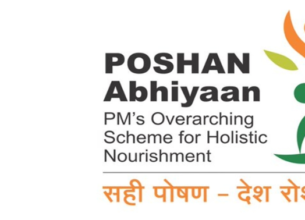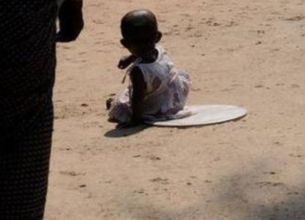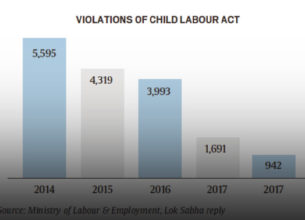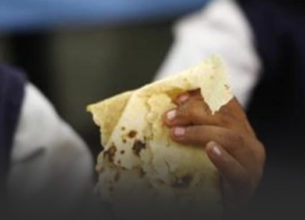HELPING 10-YEAR-OLDS TO READ BY 2030
26, Nov 2019
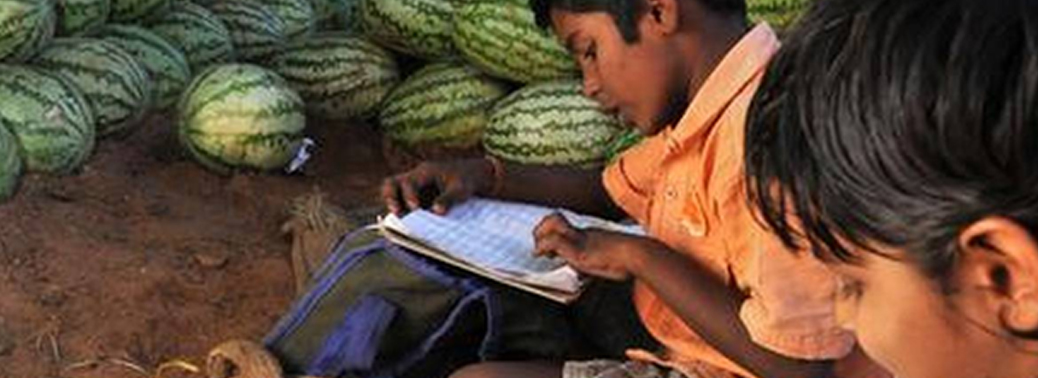
Prelims level : Growth, Development, National
Mains level : GS-III Indian Economy and Issues Relating to Planning, Mobilization of Resources, Growth, Development and employment.
Context:
- India has been successful in increasing access to school, but now the focus must shift to quality.
Global Learning Crisis:
- For most children, turning 10 is an exciting moment. They are learning more about the world and expanding their horizons.
- But too many children — more than half of all 10 year olds in low- and middle-income countries — cannot read and understand a simple story.
- We are in the middle of a global learning crisis that stifles opportunities and aspirations of hundreds of millions of children. That is unacceptable.
- In October, we released data to support a new learning target: by 2030, we want to cut, by at least half, the global level of learning poverty.
Eliminating Learning Poverty:
- Learning to read is an especially critical skill: it opens a world of possibilities, and it is the foundation on which other essential learning is built — including numeracy and science.
- Wiping out learning poverty (defined as the percentage of children who cannot read and understand a simple story by age 10) is an urgent matter.
- It is a key to eliminating poverty in general and boosting shared prosperity. It is a key to helping children achieve their potential.
- But over the last several years, progress in reducing learning poverty has been stagnant.
- Globally between 2000 and 2017, there has only been a 10% improvement in learning outcomes for primary school-aged children.
- If this pace continues, 43% of 10-year-olds will not be able to read in 2030.
- The good news is, the children who will turn 10 in 2030 will be born next year. If we work urgently, there is an opportunity to reverse this trend.
- The target we have set is ambitious but achievable — and should galvanize action toward achieving Sustainable Development Goal (SDG4) — ensuring quality education for all.
- It will require nearly tripling the rate of progress worldwide, which can be done if every country can match the performance of the countries that made the most progress between 2000 and 2015.
Global Challenges:
- The challenges of reducing learning poverty will differ between countries and regions. In some countries, access to school remains an enormous problem — 258 million young people were out of school globally, in 2018.
- In other countries, children are in classrooms but are not learning.
- By setting a global target, the World Bank can work with countries to define their own national learning targets. Cutting learning poverty in half by 2030 is only an intermediate goal. Global ambition is to work with governments and development partners to bring that number to zero.As the largest financier of education in low-and middle-income countries, the World Bank will work with countries to promote reading proficiency in primary schools. Policies include providing detailed guidance and practical training for teachers, ensuring access to more and better age-appropriate texts, and teaching children in the language they use at home.
Setting India as an example:
- In India, the Right-to-Education Act has been successful in increasing coverage and access to school education but now there is an urgent need to shift the focus to quality.
- The decision of India to join the Programme for International Student Assessment and the merger of schemes under Samagra Shiksha are encouraging signs that India is moving in this direction.
- In Kenya, the government’s national reading programme has more than tripled the percentage of grade two students reading at an appropriate level.
- This was accomplished through technology-enabled teacher coaching, teacher guides, and delivering one book per child.
- In Vietnam, a lean, effective curriculum ensures that the basics are covered, there is deep learning of fundamental skills, and all children have reading materials.
- Learning outcomes of Vietnamese students in the bottom 40% of the income ladder are as high, or higher, than the average student in high-income countries.
What can be Done?
- The World Bank is also working with governments and development partners to improve entire education systems, so advancements in literacy can be sustained and scaled up.
- That means making sure children come to school prepared and motivated to learn; teachers are effective and valued and have access to technology; classrooms provide a well-equipped space for learning; schools are safe and inclusive; and education systems are well-managed.
- An ambitious measurement and research agenda supports these efforts and includes measurement of learning outcomes and their drivers, continued research and innovation, and the smart use of new technologies on how to build foundation skills.
- The learning crisis not only wastes the children’s potential, it hurts entire economies.
- It will negatively impact future workforces and economic competitiveness — as the World Bank’s Human Capital Index shows that, globally, the productivity of the average child born today is expected to be only 56% of what it would be if countries invested enough in health and education.
- Eliminating learning poverty must be a priority, just like ending hunger and extreme poverty.
- Even though it is not easy, we cannot back down from the challenge.



